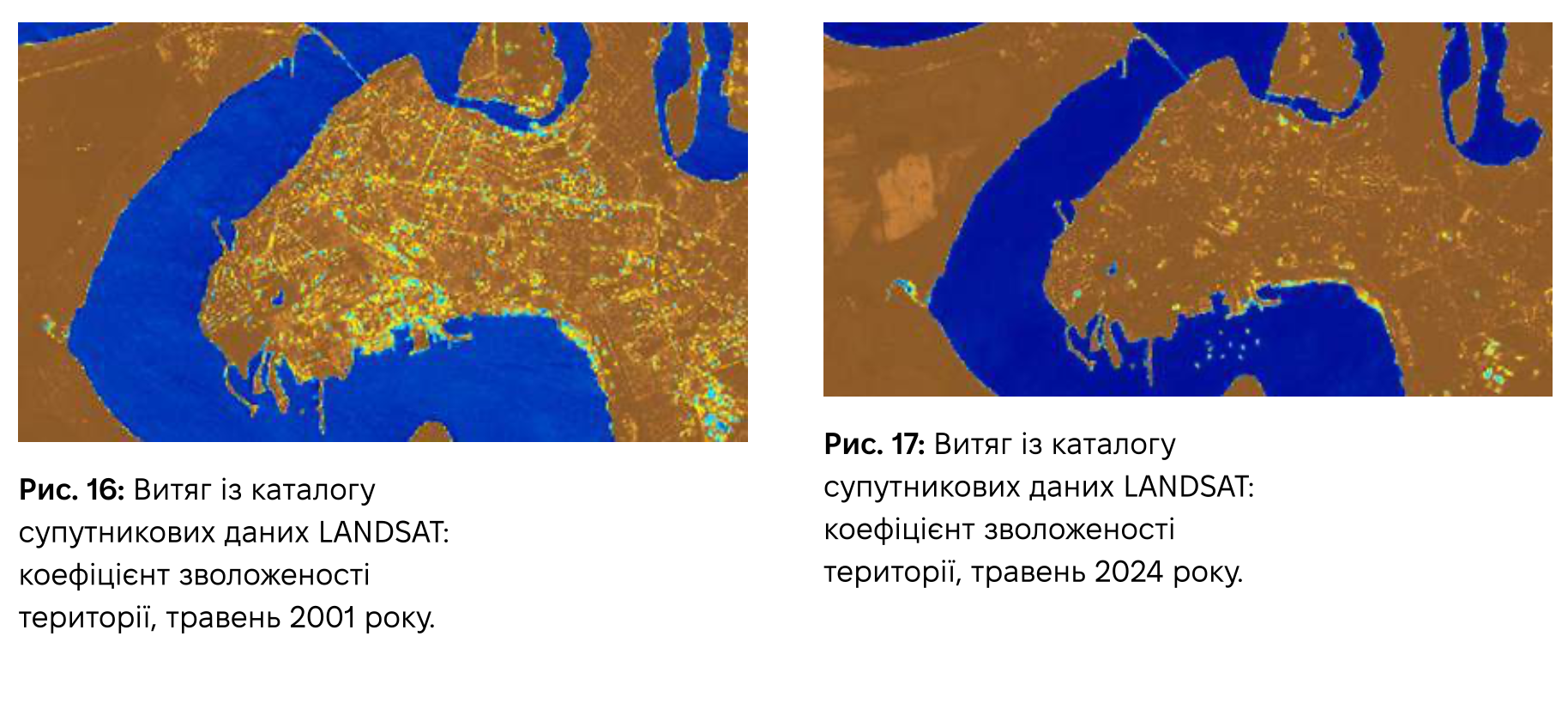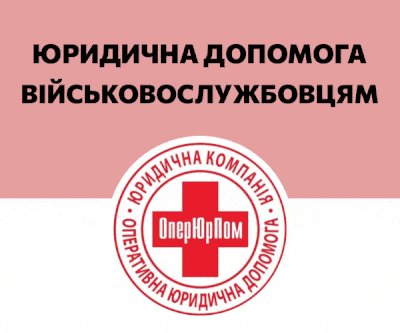The reduction of green zones in Mykolaiv has led to a change in the climate to a more arid one
- News of Mykolaiv
-
•
-

- Alina Kvitko
-
•
-
11:18, 25 July, 2024
In Mykolaiv, a significant decrease in humidity is observed, caused by the reduction of green spaces and climate changes. According to LANDSAT satellite images, differences in moisture levels between 2001 and 2024 indicate a drier trend in the region.
This is confirmed by the results of the research presented in the analytical report conducted by Iryna Chernysh, co-founder of the SaveDnipro NGO, NikVesti writes.
The results of the study on the database of the degree of humidity in the region demonstrate the gradual drying of the region, the increase of the average annual temperature in the city and the limited use of water for the maintenance of the green areas of the city.
The snapshots presented during the report show a big difference between the situation in 2001 and 2024. According to satellite monitoring data, in 2001 the city had a significant amount of green spaces and open water bodies (blue, yellow), which ensured the accumulation of moisture and coolness. In 2024, the situation has changed dramatically: the number of green areas has decreased, and open water bodies, which were previously visible on satellite images, have almost disappeared.  Changes in the degree of humidity in the region according to LANDSAT satellite images. Screenshot from the SaveDnipro NGO report.
Changes in the degree of humidity in the region according to LANDSAT satellite images. Screenshot from the SaveDnipro NGO report.
«We took selections from the LANDSAT satellite catalog. On your left you see a picture from 2001, on the right you see a picture from 2024. You can see that there is a difference of almost 23 years. But I was wondering how it looks in principle in the city, do you feel that there is a dry trend in your city? What is the gradation, yellow, green and blue - this is called the humidity coefficient of the territories according to the satellite. What it means? Analyzing satellite images in 2001, we see that some areas of high humidity correspond to the lines of dense planting of urban trees, which accumulate moisture around them and improve the microclimate. That is, it was cooler in the city, plants, lawns, everything grew. Small blue dots are open bodies of water, not deep, somewhere a pond, somewhere there is some kind of outlet of a river or something else. That is, we can see in 2001 that along the streets it was quite humid, it was cool, this humidity coefficient was significant. And now in 2024, I don't see any open reservoir of more or less significant area in Mykolaiv,» says Iryna Chernysh.
An important change observed on the map is the significant narrowing of the channel of the Bug estuary. The reason for this is the change in climate in the region from temperate to more arid. Over the years, further narrowing of the mouth and shallowing of the estuary will be observed in the future. She emphasized that the tendency towards aridity, characteristic of southern regions, such as Crimea, Kherson, Mykolaiv, Dnipropetrovsk and Odesa regions, is becoming more pronounced every year.
«For more than 20 years, the traditionally arid climate of the southern region has taken its toll: Mykolaiv has insufficient supplies of fresh drinking water per inhabitant. In fact, Mykolayiv is considered to be the second from the end regional center in terms of provision of drinking water. You have only Kherson in front of you, but in Kherson, due to the occupied territories, it is now impossible to conduct a more or less normal assessment. And we single out, as Mykolaiv, the regional center, which is the least provided with drinking water,» she noted.
She proposed measures to improve the situation, in particular, care for the existing green spaces along the roads.
«We see that due to climate change and the trend towards aridity in the southern regions, we see a significant decrease in the humidity coefficient calculated by the satellite. We see that one of the possible solutions to overcome this problem, which is now 24 years old, and what will happen in 30 years, is to take care of the vegetation that is along the roads here in Mykolaiv,» said Iryna Chernysh.
What is the situation with green spaces in Mykolaiv?
We will remind, ecologists demand to develop a program for handling trees in Mykolaiv. Eco-inspectors are dissatisfied with the pruning of trees in Mykolaiv, so they are asking the city council to develop and approve specific rules that will regulate the care of plantations in the city.
It should be noted that currently the concept of development of green zones has not been developed in Mykolaiv, and the inventory of plantations was last carried out in 2018.
As you know, various promotions are currently being announced for planting trees in Mykolaiv. For example, young pines were planted in Victory Park in October 2023, and lindens were planted along Tsentralnyi Avenue in December.
We will remind you that in March 2022, the mayor Oleksandr Sienkevych announced that poplars will be cut down in Mykolaiv in order to equip dugouts and heat people at roadblocks. Later, the director of the housing and communal services department of the city council, Dmytro Bezdolnyi, clarified that the felled poplars were used not only for fortifications, but also for heating social institutions and hospitals.
Already in May 2023, the Mykolaiv Parks utility company ordered 5 million hryvnias for tree removal, sanitary and rejuvenating tree pruning, stump grubbing, and tree planting services in the city. It was about planting 50 young maples. Then the mayor of Mykolaiv, Oleksandr Sienkevych, asked the townspeople whether it is worth buying seedlings of trees and bushes.



